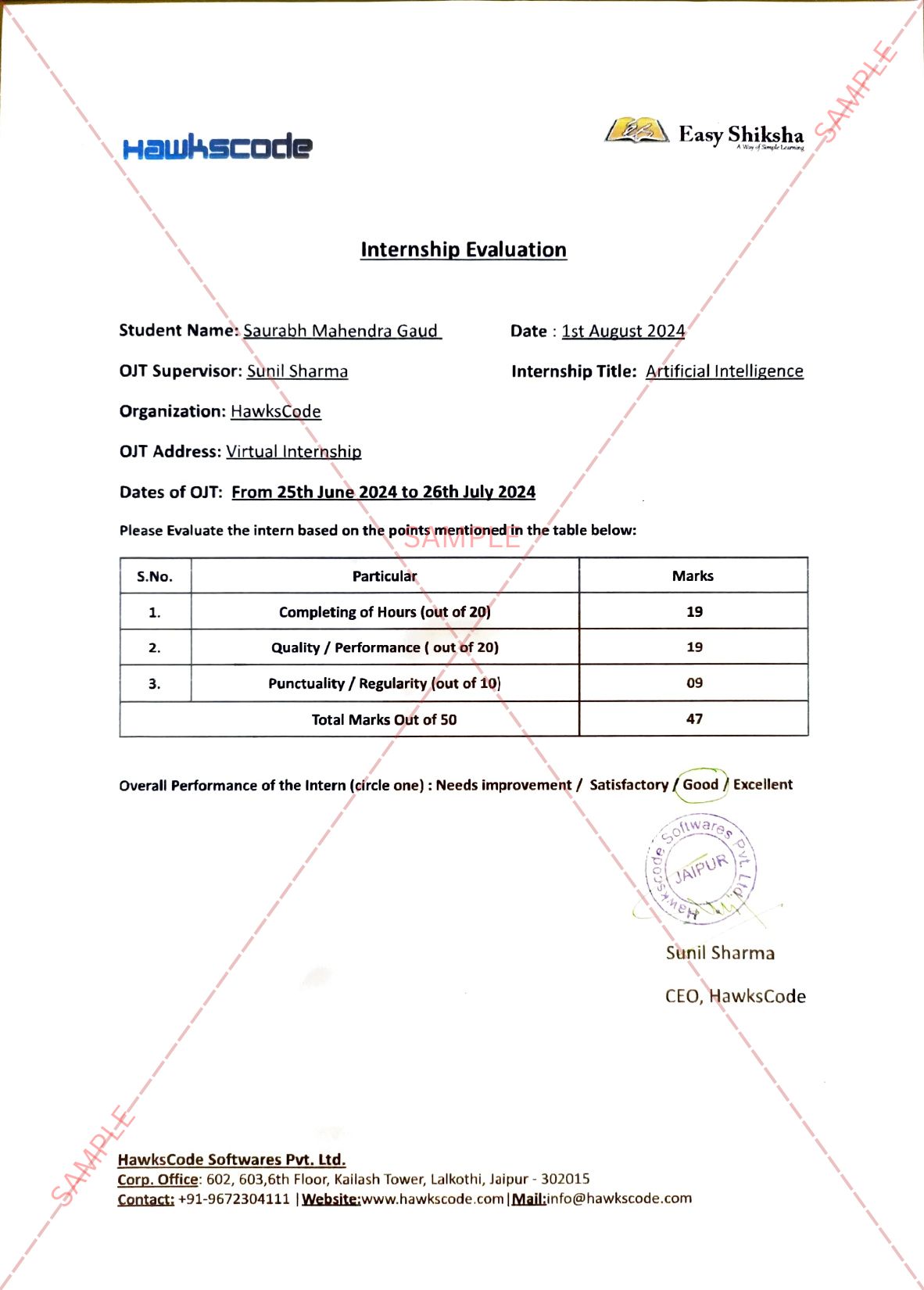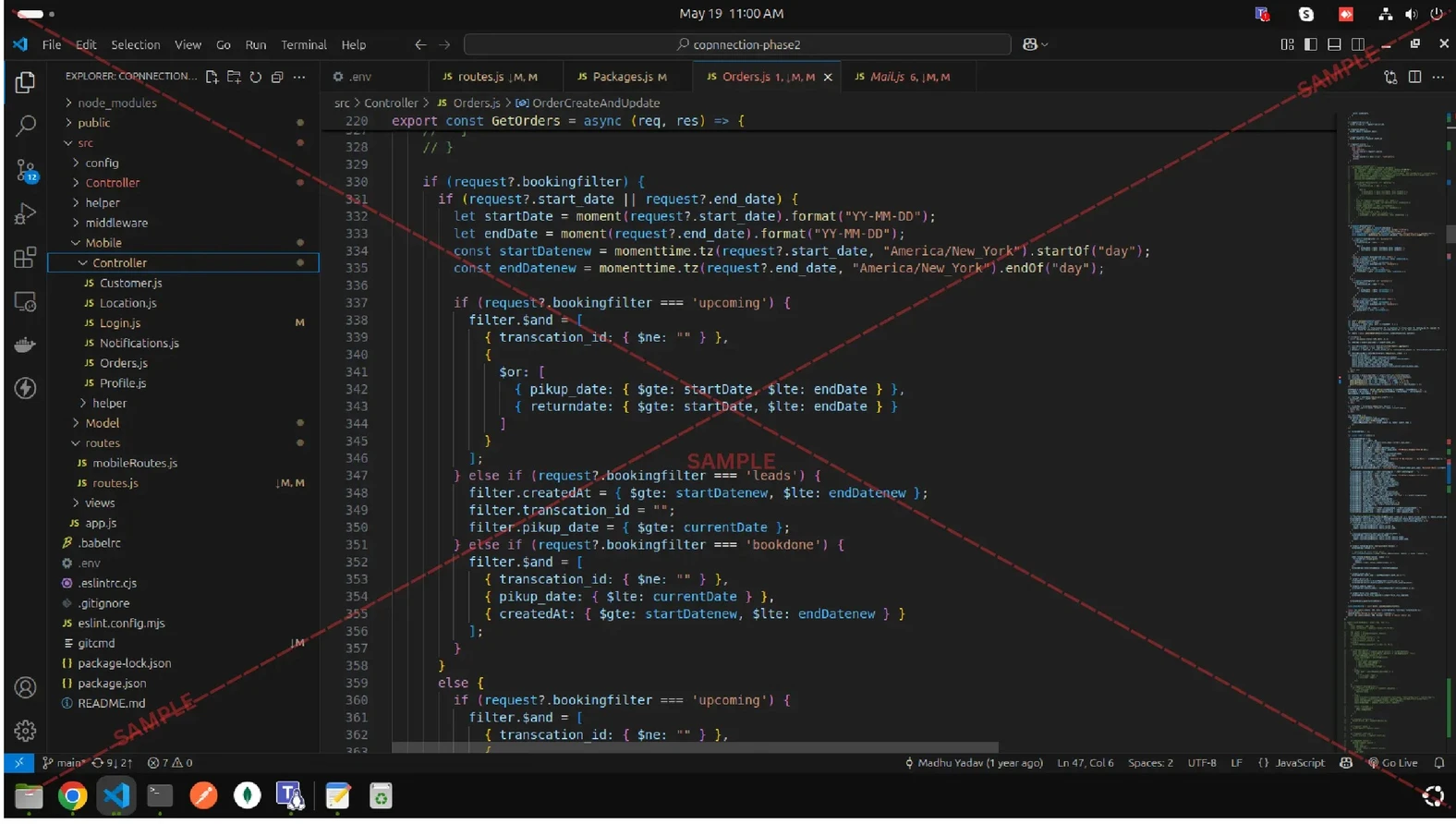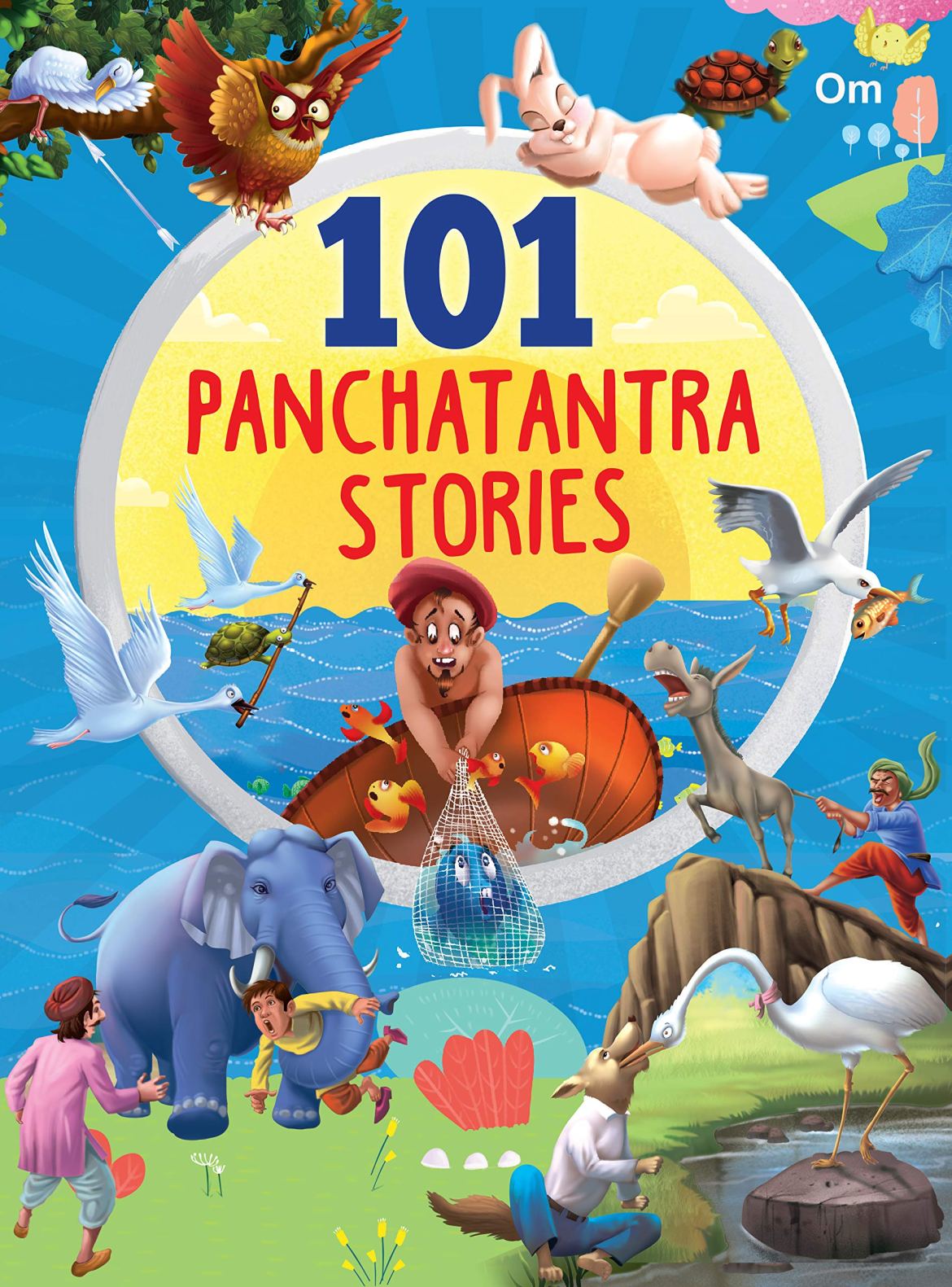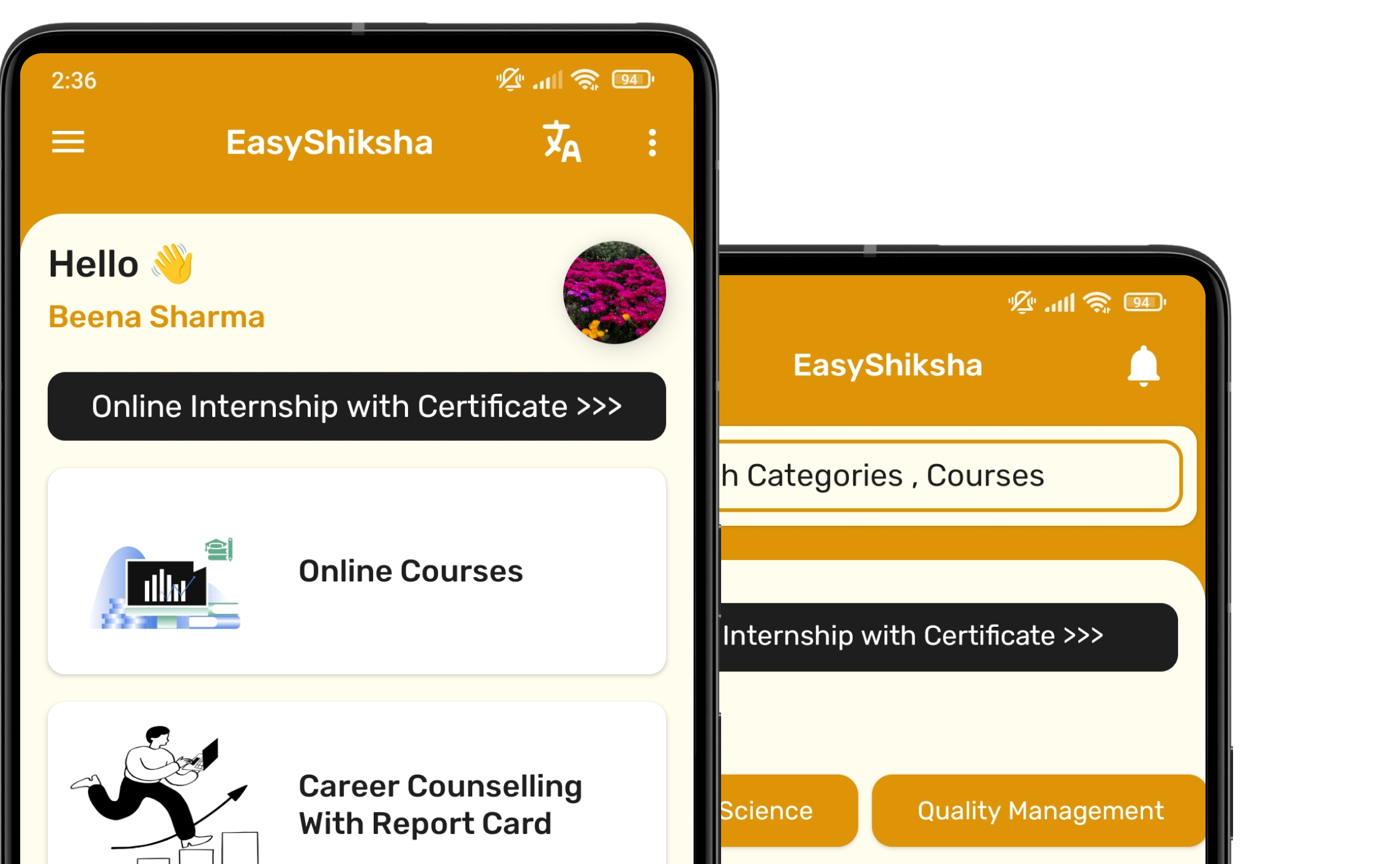EVS Worksheet : Animals' Lifecycles For Class 3
Natural Resources
On average, a chicken lives between three to five year and has 4 distinct life phases: egg, chick and chicken stage. In each stage a chicken will have differing needs to ensure they continue to develop healthily throughout their life cycle.
Life Cycle of a Chicken
Stage 1
The Egg
In chickens, the process of egg laying occurs mostly during the long stretches of summer month. When a female chicken lays fertile eggs, it takes approximately 21 days before the little chicks will start to emerge. A female hen after ovulation, takes around 23 to 26 hours to lay the eggs in a safer place . Next ovulation occurs in hens, one hour after the first set of eggs were laid. This frequent cycle of ovulation enables female chickens to lay as many as 300 eggs in a year. The hen continues to lay eggs till she fills her nest with sufficient eggs.
Stage 2
The Chick
During this stage, the hen becomes a broody bigger hen. A broody hen is a stationary hen that squats on her eggs, in order to maintain optimum temperature for the eggs to hatch . Now The growing embryo absorbs all the nutrients from the egg and develops during this time and hatches tiny chicks after 21 days. These chicks are still wet but grow fully with covered feathers in about 4 to 5 weeks. During this stage, the newly hatched chicks have imprinted on the mother hen. Chicks follow mother hens almost everywhere and are completely dependent on them for their nutrition during this time.
Tiny new-born chicks are completely dependent on their mom for navigating their new world. They need to be shown how to eat and drink.
Short trips outside can start as early as 8 weeks or when they are fully feathered out. They should be protected from predators, hot sun, strong winds and drafts.
By 3 or 4 weeks the chicks start to grow bigger and develop proper feathers. By week 8, the chicks are large enough to go outside to find their food items. From pecking on grains, they are able to peck on mealworms, scrambled eggs etc.
Stage 3
The Pullet (Adolescent)
The term pullet Is used to describe a chicken that is not a chick and also not an adult chicken. A chick becomes a pullet at four weeks of age and lasts for around 12 weeks. The pullet stage is described as the teenager stage in a chicken’s life cycle. Pullets are skinny, all wings and legs have patchy feathers. A pullet is almost two-third the size of an adult chicken and can get bullied during the pecking order. An adolescent female chicken might lay eggs after 18 weeks and the eggs she lays are comparatively smaller than the adult eggs.
Stage 4
The Adult
In this stage, the male chickens become the rooster and the female chickens become The hen. After 6 months, the roosters produce sperms while the hen produces eggs. A female hen under favourable conditions will lay eggs after 72 weeks, but it depends on the time period of their first moult. Female chickens can lay two kinds of eggs: infertile and fertile eggs . Only the fertile eggs will be hatched and become baby chicks. Adult chickens moult annually where they shed old feathers and grow new feathers. After one year of monotonous egg- laying, the chicken gets exhausted and the chickens start laying eggs irregularly.
Instructions to solve worksheet
Given below is a picture depicting the life cycle of a chicken on the basics of your learning and understanding label each stage of the animal's life cycle.
Importance of Environmental Education
- EVS helps children to develop their own insights into the functioning of several things or understanding human processes in their environment. Such interactions with their surrounding environment are immensely important for the healthy development of children.
- Not only does environmental education offer opportunities for experiential learning outside of the classroom, it enables students to make connections and apply their learning in the real world.
- EVS helps learners see the interconnectedness of social, ecological, economic, cultural, and political issues.
- By providing environmental education to students they will engage problem-solving techniques of the outer world to their subjects to understand a particular problem by implying outdoor environmental solutions.
- Environmental Education gives students a new meaning of exploring mother nature to see and resolve the issues which are harmful to the environment and this will also help them in maintaining their own health by doing physical work so that their bodies will be immune from some serious health issues such as short-sightedness, obesity and in some cases even lack concentration.
- The one major issues which we need to deal with is pollution and if we don’t educate our kids about the hazardous effects of environmental damage there will be no future of the world.













































